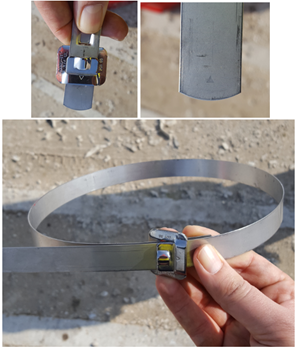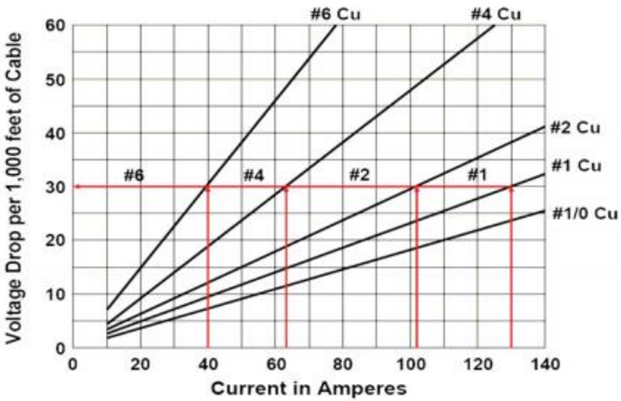ESP Power Cable Accessories, namely: Cable Bands and Cable Guards, are used to protect and support ESP cable, control lines and injection lines. There are used also to protect the power cable from damage during installation, operation and pulling. In this article, the roles and specifications of these accessory equipment’s are detailed, as well as recommended practices related to their use and selection.
Cable Bands:
Cable bands are used to attach the cable to the tubing during installation. Bands are provided using three different materials. Black Steel Bands are used in wells with corrosive problems. Stainless Steel Bands are used in moderately corrosive well (with no H2S present in the well). And Monel Bands are used in corrosive environments.
Most cable bands are 3/4 in. (19 mm) wide and approximately .025 in. (0.6 mm) thick.
Cable bands can be installed by using hand-banding tools or by using power-banding tools. The advantage of power banding tools is the bands are attached with the same tension.

The following video shows how to install Cable bands using Power-Banding Tool:
Recommended practices related to cable bands and their use:








